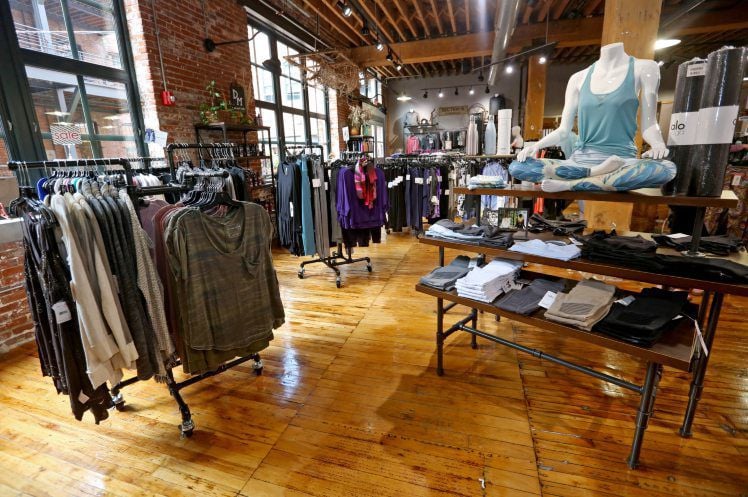Women represent the majority of entrepreneurs today.
In 2020, women started 2,000 small businesses nationwide, and of those, 64% were founded by women from diverse backgrounds, according to Fundera statistics.
While this trend is encouraging, a recent study conducted by the Nasdaq Entrepreneurial Center, Penn State University and Fair Pay Workplace shows that pay, ownership and valuation disparities are compounding the already large gender wealth gap.
Barriers to profitability and pay equity
According to the study, access to capital is the No. 1 barrier impacting the profitability of women entrepreneurs. The top three reasons women entrepreneurs don’t seek additional funding are:
• They don’t want to accrue debt.
• They don’t think they’d be approved by a lender.
• They decided to wait until their company hit a milestone to be in a stronger position to raise funds.
The second barrier identified by the study is declining sales, followed by the unpredictability of business conditions.
Fifty-nine percent of women entrepreneur respondents said their income varies from month to month, and 53% said they’re spending equal to or more than their income. Additionally, more than half of early-stage women entrepreneurs (55%) do not pay themselves for the work they do for their company.
On average, women pay themselves $53,000 less than men. Men who are entrepreneurs earn an average salary of $232,659 versus women entrepreneurs, who earn an average of $179,444.
According to the 2018 Inc Women Entrepreneurship Report, the broader workforce pay gap shows that among entrepreneurs, women earn 77% of what men earn.
Investment disparity
Additionally, data reveals a significant gender gap in the venture capital system.
According to the Angel Resource Institute, nearly 75% of investments in 2019 and 2020 went to white men, and less than 2% went to women of color.
Additionally, the Center for Venture Research finds that:
• Only 5% of accredited women investors have access to invest in VC funds, even though women control 50% of wealth today.
• Only 1.8% of VC investments go to solely women-led startups. There are no large funds focused solely on women founders.
• Only 5% of general partners in VC firms are women.
The total impact of these pay and investment disparities added up to a $140 billion gap in 2020, according to Crunchbase. If the growth trajectory of women entrepreneurs continues, the Global Gender Gap Report 2021 calculates that it will take 135.6 years to close the gender gap worldwide.
Closing the gap and empowering women entrepreneurs
Closing the gender wealth gap starts with education and awareness, empowering women to break the cycle of debt and equipping them with the tools and financial knowledge to start businesses and be successful entrepreneurs, say experts.
“Acknowledging the gender gaps that exist today is one of the first steps toward eradicating inequalities,” said Jenny Flores, head of Wells Fargo Small Business Growth Philanthropy. “By bringing more awareness, additional resources and key connections and conversations to the table, we can create more avenues to capital, more equality and help more women reach their full potential.”
According to Flores, these are actions women entrepreneurs can take to support the growth of their businesses:
• Start with a strong foundation to support business decisions and strategic planning and to help build wealth that can be reinvested into scaling the business in time.
• Connect with mentors and experts to exchange knowledge, share best practices and learn from each other.
• Use resources that guide business owners to getting to a place where they’re paying themselves a fair wage.
• Gain knowledge and support critical business decisions by turning to trustworthy resources.
While women are founding new enterprises every day, data reveals there’s a long way to go toward ensuring they have equal opportunities to be successful. Fortunately, there are resources to help.























